Ecuadorian gastronomy is a vibrant mosaic of flavors, aromas and traditions that reflects the cultural and geographical richness of the country. From the high peaks of the Andes to the fertile lands of the coast and the lush Amazon jungle, Ecuador offers a diversity of ingredients and culinary techniques that make its cuisine a unique and delicious experience. On this gastronomic journey, we will explore some of the most representative traditional foods of Ecuador.
Ceviche: Marine Freshness on the Coast.
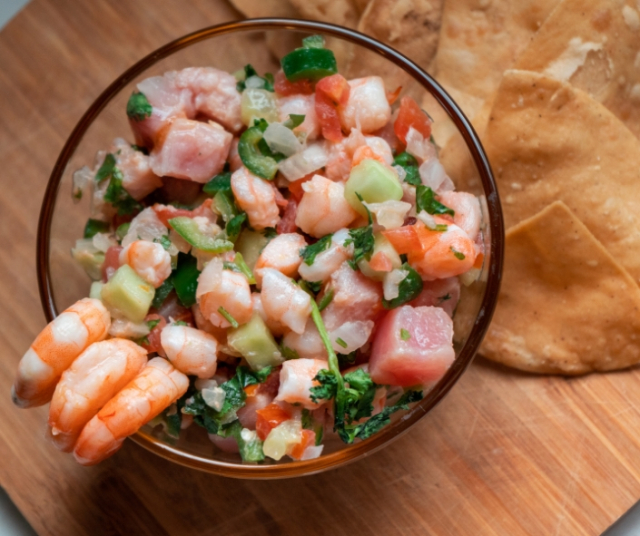
On the Ecuadorian coast, where the Pacific Ocean caresses the land, ceviche is a culinary treasure. This fresh and vibrant dish stands out for the mixture of raw seafood, typically shrimp or fish, marinated in lemon juice with red onion, tomato, cilantro and sometimes, a touch of spice. Ecuadorian ceviche is a feast of freshness and flavor that captures the essence of marine life in every bite.
Llapingachos: The Charm of the Sierra Potatoes.

In the Andean region, potatoes are a fundamental part of the diet, and llapingachos are a dish that celebrates the versatility of this tuber. These potato buns are tossed with cheese, browned on the grill, and served with avocado, chorizo, and a fried egg. Llapingachos are a perfect example of how the simplicity of the ingredients can lead to an explosion of flavors in the mouth.
Hornado: The Tradition of the Mountains.

In the high peaks of the Andes, hornado is a dish that reflects the culinary tradition of the mountains. It is pork marinated with garlic, beer and spices, roasted in a wood-fired oven until it achieves a tender and juicy texture. Hornado is commonly served with toasted corn, mote (cooked corn), and avocado, creating a combination that highlights the flavors of the region.
Seco de Chivo: Authentic Flavors of the Amazon.

In the Amazon rainforest, seca de chivo is a dish that pays tribute to the rich biodiversity of the region. This stew features slow-cooked goat meat with chicha (a fermented corn drink), aromatic herbs, and local spices. The result is a delicacy that encapsulates the essence of Amazonian cuisine, full of authentic and comforting flavors.
Fanesca: Holy Week on a Plate.
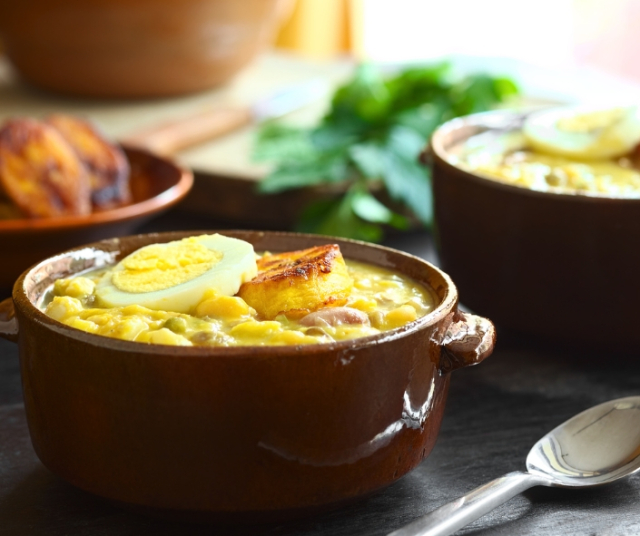
Fanesca is an emblematic dish of Holy Week in Ecuador. This thick, nutritious stew combines grains such as beans and peas, cod, sweet corn and other ingredients. Fanesca is traditionally served with empanadas de viento and slices of ripe banana, creating a mix of flavors that reflects the country's Easter celebration.
Cuy: A Delicate Delicacy of the Sierra.

Although it may seem unusual to some, guinea pig (guinea pig) is a delicacy in Ecuador, especially in the Andean region. Roasted or fried, guinea pig is considered a delicacy reserved for special occasions and celebrations. This dish reflects the historical connection between the indigenous people of the Sierra and this small rodent.
Empanadas de Viento: Crispy Bites from Around the Country.
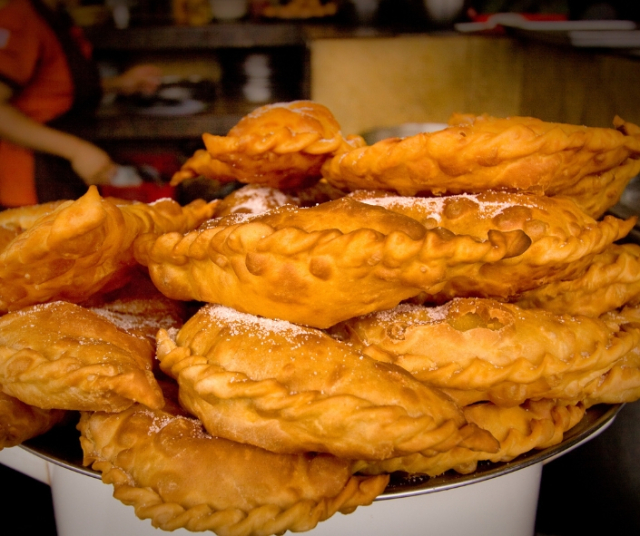
Empanadas de viento are a popular snack throughout Ecuador and their name comes from their fluffy and crunchy characteristic. Filled with cheese, chicharrón or any other favorite ingredient, these empanadas are irresistible. On the coast, they are served with a pinch of icing sugar, while in the Sierra they are accompanied with a portion of avocado.
Guatita: Representative Stew of the Sierra.

Guatita is a typical stew from the Ecuadorian Sierra that stands out for its unique preparation. This dish has cooked beef tripe, onion, pepper, annatto and peanuts, among other ingredients. Guatita is prized for its robust flavor and is commonly served with rice and avocado slices, creating a culinary experience that reflects the region's identity.
Colada Morada and Morocho: Traditional Sweets.
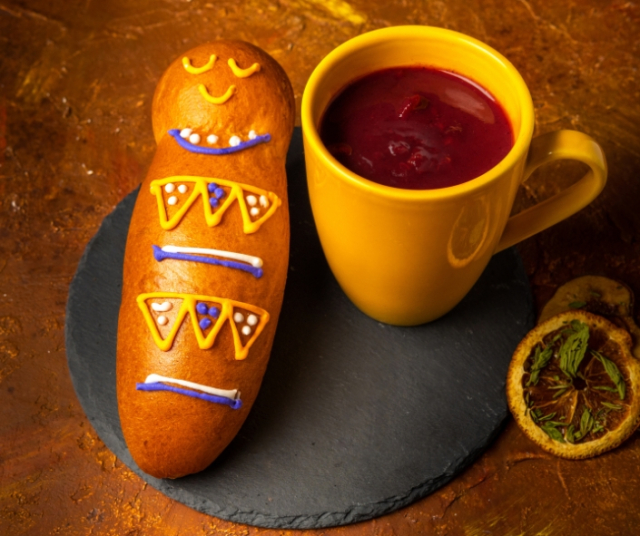
Colada morada is a thick, sweet drink made with purple corn flour, fruits and spices. This drink is commonly consumed during festivities and celebrations. On the other hand, morocho is a hot drink prepared with dark corn, cinnamon and sugar, and is a popular option to accompany the festivities.
National Chocolate: A Guilty Treasure.
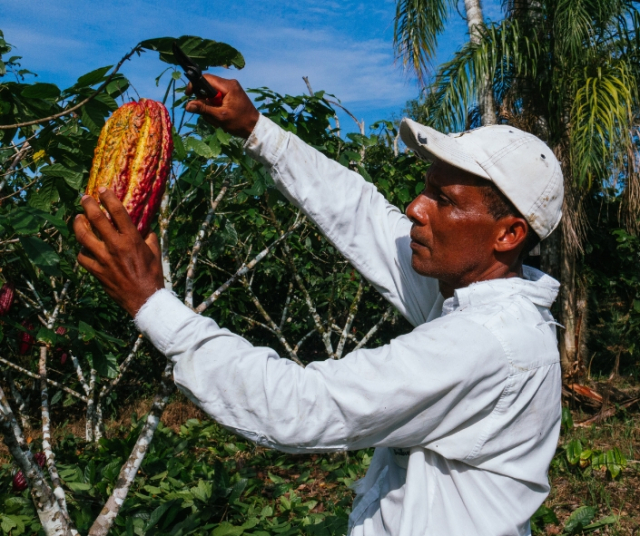
Ecuador is known for producing some of the best chocolate in the world. Ecuadorian cocoa is appreciated for its quality and distinctive flavor. The tradition of chocolate dates back to indigenous cultures that cultivated and consumed this fruit long before the arrival of Europeans. Today, Ecuadorian chocolate is used not only in desserts, but also in traditional sauces and drinks.
A Feast of Identity and Flavor.
The richness of traditional Ecuadorian foods lies not only in the diversity of ingredients and culinary techniques, but also in their ability to tell stories. Each dish is a reflection of the ancestral traditions, geographical diversity and rich cultural identity of the country.
From the fresh flavors of the coast to the comforting dishes of the mountains and jungle, Ecuadorian cuisine is a feast that invites diners to embark on an unforgettable culinary journey. Thus, every bite is an experience, every dish is a celebration, and overall, Ecuador's cuisine is a testament to the beauty and diversity that characterize this South American country.
